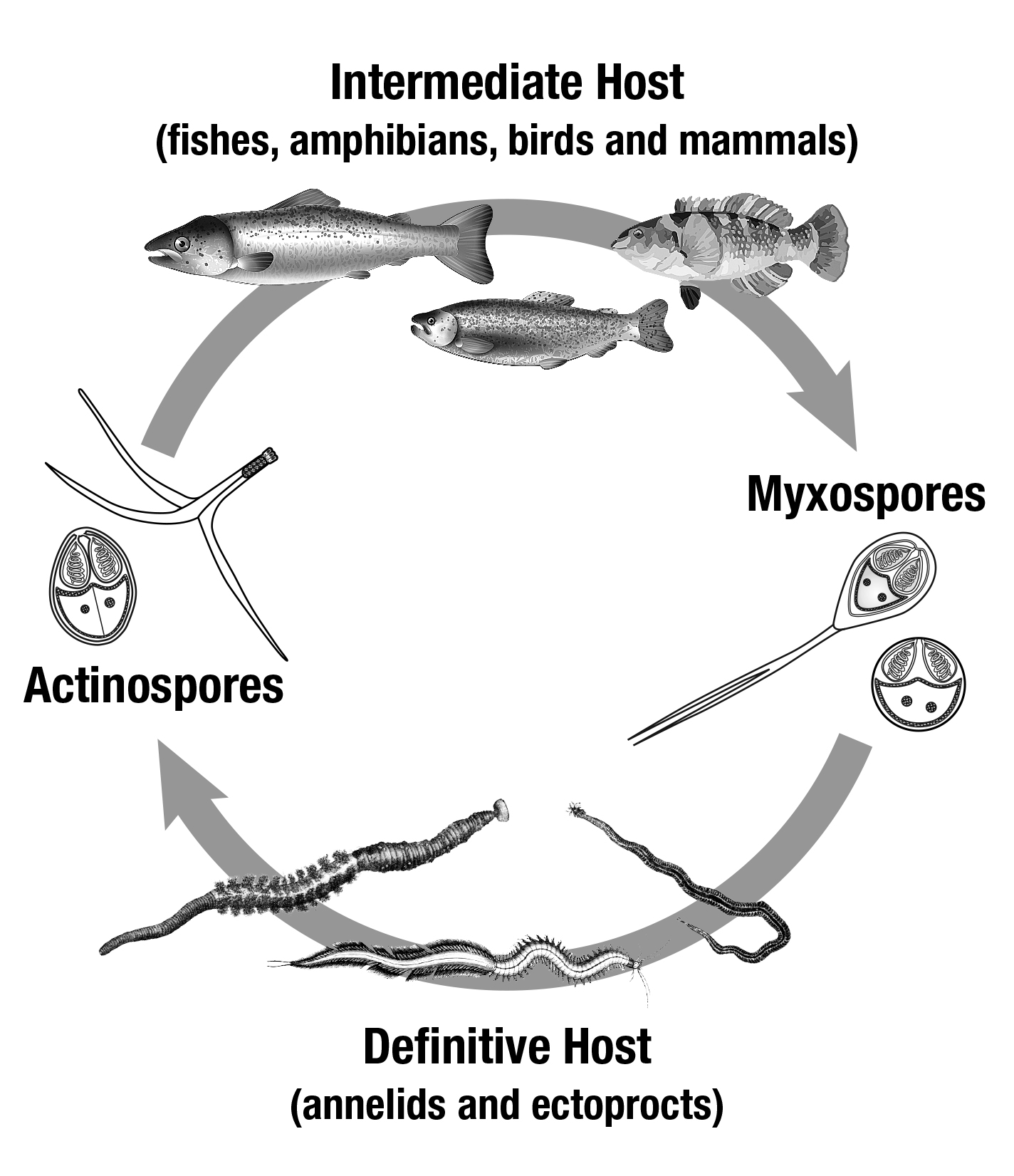|
Hypophthalmus Marginatus
''Hypophthalmus marginatus'', commonly called the Mapará, is a species of demersal potamodromous catfish of the family Pimelodidae The Pimelodidae, commonly known as the long-whiskered catfishes, are a family of catfishes ( order Siluriformes). Taxonomy The family Pimelodidae has undergone much revision. Currently, it contains about 30 genera and about 90 recognized and kno ... that is native to Amazon and Orinoco River basins of Brazil, Peru and major rivers of French Guiana and Suriname. Description It grows to a length of 55.0 cm. Caudal fin deeply forked with black tips. Body silvery. Barbels are grey to black. Ecology A parasite of the esophageal musculature, '' Kudoa amazonica'' was found from the fish. References External linksReproductive cycle of the Amazonian planktivorous catfish Hypophthalmus marginatus (Siluriformes, Pimelodidae) [...More Info...] [...Related Items...] OR: [Wikipedia] [Google] [Baidu] |
Species
In biology, a species is the basic unit of classification and a taxonomic rank of an organism, as well as a unit of biodiversity. A species is often defined as the largest group of organisms in which any two individuals of the appropriate sexes or mating types can produce fertile offspring, typically by sexual reproduction. Other ways of defining species include their karyotype, DNA sequence, morphology, behaviour or ecological niche. In addition, paleontologists use the concept of the chronospecies since fossil reproduction cannot be examined. The most recent rigorous estimate for the total number of species of eukaryotes is between 8 and 8.7 million. However, only about 14% of these had been described by 2011. All species (except viruses) are given a two-part name, a "binomial". The first part of a binomial is the genus to which the species belongs. The second part is called the specific name or the specific epithet (in botanical nomenclature, also sometimes i ... [...More Info...] [...Related Items...] OR: [Wikipedia] [Google] [Baidu] |
Catfish
Catfish (or catfishes; order Siluriformes or Nematognathi) are a diverse group of ray-finned fish. Named for their prominent barbels, which resemble a cat's whiskers, catfish range in size and behavior from the three largest species alive, the Mekong giant catfish from Southeast Asia, the wels catfish of Eurasia, and the piraíba of South America, to detritivores (species that eat dead material on the bottom), and even to a tiny parasitic species commonly called the candiru, ''Vandellia cirrhosa''. Neither the armour-plated types nor the naked types have scales. Despite their name, not all catfish have prominent barbels or "whiskers". Members of the Siluriformes order are defined by features of the skull and swimbladder. Catfish are of considerable commercial importance; many of the larger species are farmed or fished for food. Many of the smaller species, particularly the genus ''Corydoras'', are important in the aquarium hobby. Many catfish are nocturnal, [...More Info...] [...Related Items...] OR: [Wikipedia] [Google] [Baidu] |
Pimelodidae
The Pimelodidae, commonly known as the long-whiskered catfishes, are a family of catfishes ( order Siluriformes). Taxonomy The family Pimelodidae has undergone much revision. Currently, it contains about 30 genera and about 90 recognized and known but unnamed species. Wikipedia lists 109 species in this family. The low-eye catfish (previously family Hypophthalmidae), and thus the genus '' Hypophthalmus'', which contains four species, was reclassified with the pimelodids. This family previously included fish that are now classified under Pseudopimelodidae (previously subfamily Pseudopimelodinae) and Heptapteridae (previously subfamily Rhamdiinae). This family also previously included '' Conorhynchos conirostris'', currently ''incertae sedis''. However, a molecular analysis has shown unequivocal support for monophyly of the individual families and the genus ''Conorhynchos'' into a clade called Pimelodoidea, including Pimelodidae + Pseudopimelodidae and Heptapteridae + ''Conorhynch ... [...More Info...] [...Related Items...] OR: [Wikipedia] [Google] [Baidu] |
Kudoa Amazonica
''Kudoa'' is a genus of Myxozoa and the only genus recognized within the monotypic family Kudoidae. There are approximately 100 species of ''Kudoa'' all of which parasitize on marine and estuarine fish. ''Kudoa'' are most commonly known and studied for the negative effects the genus has on commercial fishing and aquaculture industries. Description The genus ''Kudoa'' is identified by the possession of four or more shell valves composed of a fragile membrane and arranged in a quadrate or stellate pattern. The maximum number of shell valves in any described ''Kudoa'' species is 13. Each of these valves has a polar capsule. The genus ''Kudoa'' was originally part of the genus ''Chloromyxum'' because of the distribution of their polar capsules, however, it was later determined to be a separate genus. Each ''Kudoa'' has two sporoplasm cells, one enclosed by the other. Most ''Kudoa'' are histozoic parasites, with a few species being described as coelzoic. Some taxonomists question ... [...More Info...] [...Related Items...] OR: [Wikipedia] [Google] [Baidu] |
Catfish Of South America
Catfish (or catfishes; order Siluriformes or Nematognathi) are a diverse group of ray-finned fish. Named for their prominent barbels, which resemble a cat's whiskers, catfish range in size and behavior from the three largest species alive, the Mekong giant catfish from Southeast Asia, the wels catfish of Eurasia, and the piraíba of South America, to detritivores (species that eat dead material on the bottom), and even to a tiny parasitic species commonly called the candiru, ''Vandellia cirrhosa''. Neither the armour-plated types nor the naked types have scales. Despite their name, not all catfish have prominent barbels or "whiskers". Members of the Siluriformes order are defined by features of the skull and swimbladder. Catfish are of considerable commercial importance; many of the larger species are farmed or fished for food. Many of the smaller species, particularly the genus ''Corydoras'', are important in the aquarium hobby. Many catfish are nocturnal, [...More Info...] [...Related Items...] OR: [Wikipedia] [Google] [Baidu] |



